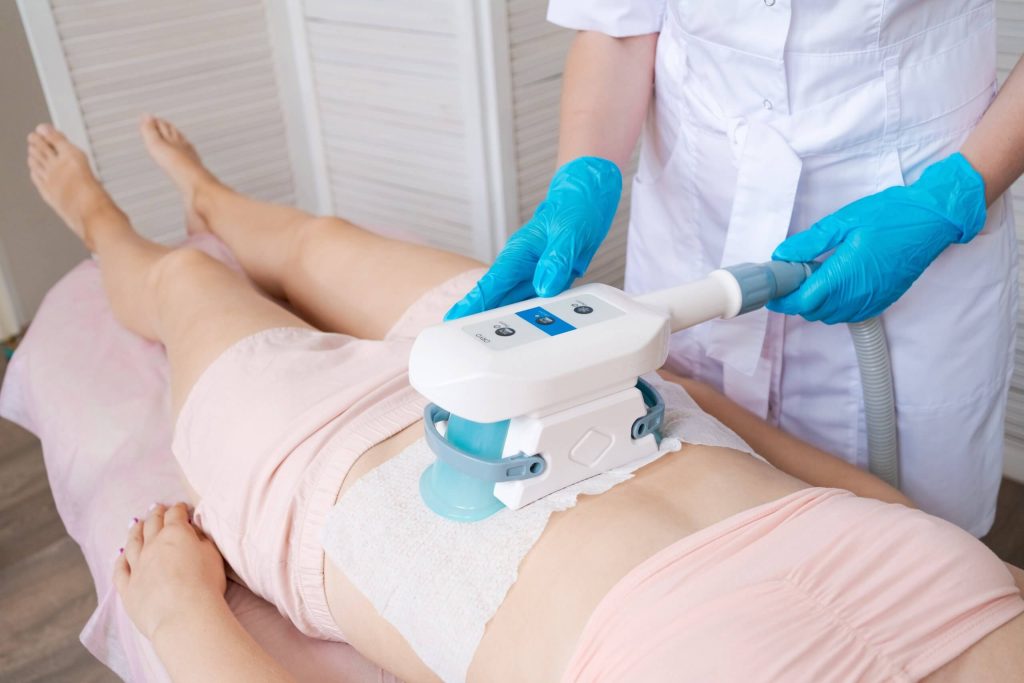Discover the Key Differences between Laser Lipo and CoolSculpting Today
Laser liposuction and CoolSculpting are both popular non-surgical body contouring treatments, offering alternatives to traditional liposuction for those seeking to eliminate stubborn fat. While both treatments share a common goal of reducing fat, they differ significantly in terms of their technology, procedures, recovery times, and results. Understanding these differences can help you make an informed choice about which treatment is best for your body and aesthetic goals. Laser lipo, also known as laser lipolysis, uses a laser to target and break down fat cells beneath the skin. During the procedure, a small, thin laser fiber is inserted under the skin through a tiny incision. The laser energy heats and liquefies the fat, which is then removed through gentle suction. The heat from the laser also helps to stimulate collagen production, which can improve skin tightening and reduce the appearance of sagging after fat removal. Laser lipo is typically performed with local anesthesia and can be done on various parts of the body, such as the abdomen, thighs, and arms.

On the other hand, laser lipo vs coolsculpting is a completely non-invasive procedure that uses cryolipolysis, or controlled cooling, to freeze and destroy fat cells. During the treatment, a device is applied to the targeted area, where it cools the fat cells to a temperature that causes them to crystallize and break down. Over the next few weeks, the body naturally eliminates the destroyed fat cells through the lymphatic system. CoolSculpting does not require any incisions or anesthesia, making it a pain-free option for many patients who are averse to more invasive procedures. One of the key differences between laser lipo and CoolSculpting is the method by which they target fat. Laser lipo relies on heat energy to liquefy and remove fat, while CoolSculpting uses cold to freeze and destroy fat cells. The difference in temperatures means that laser lipo may be more effective in treating larger areas of fat, as the heat can penetrate deeper into the skin. In contrast, CoolSculpting is more suitable for smaller, localized areas of stubborn fat that are resistant to diet and exercise.
Another important distinction between the two treatments is their recovery times. Laser lipo involves a small incision, which may result in some swelling, bruising, and discomfort immediately after the procedure. However, most patients can return to work and normal activities within a few days, with full recovery taking a few weeks. Konmison CoolSculpting, being non-invasive, typically requires no downtime. Patients may experience temporary redness, swelling, or mild bruising in the treated area, but these side effects usually subside within a few days. When it comes to results, both laser lipo and CoolSculpting can provide noticeable reductions in fat in the treated areas. However, the results from laser lipo tend to be more immediate, as the fat is physically removed during the procedure. CoolSculpting, on the other hand, works gradually, with results becoming visible over the course of several weeks as the body processes and eliminates the destroyed fat cells. Depending on the amount of fat being targeted, multiple sessions of CoolSculpting may be required to achieve the desired results.